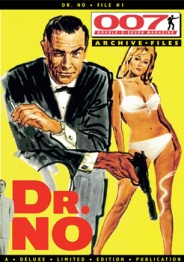 Dr No (Terence Young, 1962)
Dr No (Terence Young, 1962)
(Note: This review started out as part one of a planned seven-part essay on the 1960s Bond films, consisting of an essay on each film and a seventh part that would explore Bond’s journey since the 1960s. That project became so overwhelming that I have had to move onto other things, but I thought the first part would be of interest. It was republished in the 007 Magazine Archive Files, pictured at right, in May 2011.)
It’s hard to watch Dr No and not see it as the start of something. This isn’t just a product of hindsight – the popularity of the Bond novels meant the film was understood as the first of a series even on its initial release. As a result, it is usually discussed more as a template than a movie. Analysis of it tends to either emphasise those aspects of the film that foreshadow the series to come, or those aspects of this first entry that appear aberrant in light of the later entries. Such an approach is valid, and I won’t avoid it either. Yet Dr No, paradoxically, works as the originator of a series because it stands so well on its own. It was in the sixties that the best Bond movies were film classics in their own right.
Continue reading →
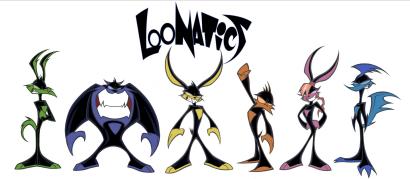 I think the line-up is, from left, Wile E. Coyote, The Tasmanian Devil, Bugs, Daffy, Lola Bunny, and The Road Runner. I say “I think” because they have managed to make the characters remarkably indistinguishable. Who thought Wile E. and the Road Runner, in particular, could look so similar?
I think the line-up is, from left, Wile E. Coyote, The Tasmanian Devil, Bugs, Daffy, Lola Bunny, and The Road Runner. I say “I think” because they have managed to make the characters remarkably indistinguishable. Who thought Wile E. and the Road Runner, in particular, could look so similar?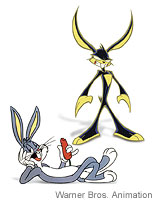
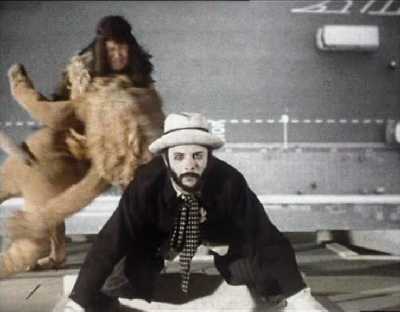
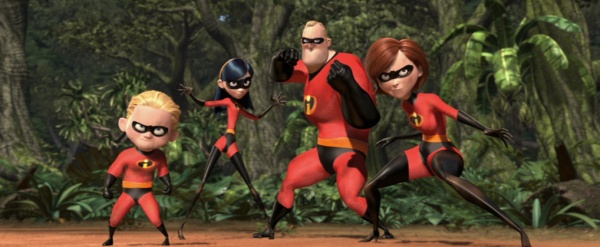

 Dr No (Terence Young, 1962)
Dr No (Terence Young, 1962)